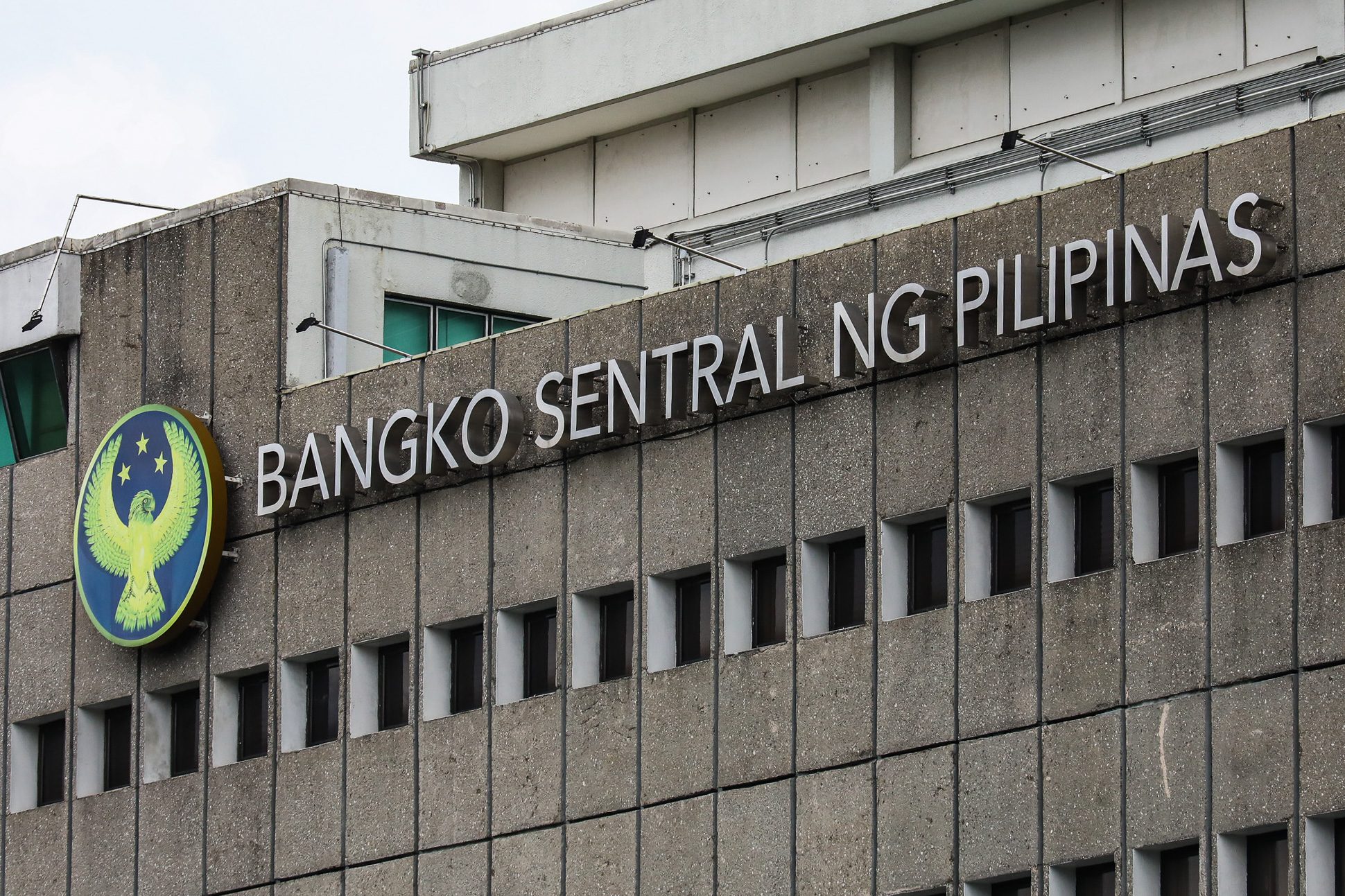SUMMARY
This is AI generated summarization, which may have errors. For context, always refer to the full article.

MANILA, Philippines – The Bangko Sentral ng Pilipinas (BSP) is reducing the amount of reserves that banks need to hold against deposits, but maintained that the move does not signal a shift in monetary policy.
In a statement on Thursday, June 8, the BSP said it will implement a reduction in the reserve requirement ratios (RRRs) by 250 basis points for universal and commercial banks as well as non-bank financial institutions with quasi-banking functions; 200 bps for digital banks; and 100 bps for thrift banks, rural banks, and cooperative banks.
This brings the RRRs of universal and commercial banks as well as non-bank financial institutions to 9.5%, digital banks to 6%, thrift banks to 2%, and rural banks and cooperative banks to 1%.
The new ratios will take effect on the reserve week beginning June 30 and will apply to local currency deposits and deposit substitute liabilities.
What is RRR?
The RRR is a monetary policy tool used by central banks to regulate the amount of reserves that commercial banks are required to hold against their deposits. It represents the percentage of a bank’s total deposits that must be held in reserve, either as cash in their vaults or as deposits with the central bank.
By setting the RRR, central banks can influence the amount of money that banks can lend out and, consequently, the overall money supply in the economy. When the RRR is increased, banks are required to hold a larger portion of their deposits in reserve, which reduces the amount of money available for lending and slows down the growth of money supply. Conversely, when the RRR is lowered, banks have more funds available for lending, which can stimulate economic activity and increase money supply.
It also serves as a tool for central banks to manage liquidity and maintain stability in the banking system. By adjusting this ratio, central banks can control inflation, influence interest rates, and manage the overall health of the economy.
Why did the BSP cut RRRs?
The BSP said the reduction in reserve ratios is intended to “coincide with the expiration of alternative modes of compliance with reserve requirements by end-June 2023 and thereby ensure stable domestic liquidity and credit conditions.”
The central bank noted that this adjustment is in line with its ongoing efforts toward a “more active and flexible approach” to liquidity management through market-based monetary operations.
While RRR adjustments are usually used as a tool to manage liquidity and inflation, the BSP emphasized that the lower reserve requirements do not constitute any shift in its monetary policy settings.
“The BSP continues to prioritize bringing inflation back towards a target-consistent path over the medium term and will continue to signal its monetary policy stance through the key policy interest rate, or the rate on the overnight reverse repurchase facility,” it said.
In a rate-setting meeting last May 17, the BSP’s Monetary Board made no change to the key policy rate of 6.25%. It earlier enforced a hike of 25 bps in March.
BSP Governor Felipe Medalla earlier said interest rate cuts and hikes are unlikely in upcoming Monetary Board meetings set for August and September. But the central bank would still be open to adjusting key policy rates depending on its inflation forecasts and also the monetary policy decisions of the United States Federal Reserve. – Rappler.com
Add a comment
How does this make you feel?









There are no comments yet. Add your comment to start the conversation.